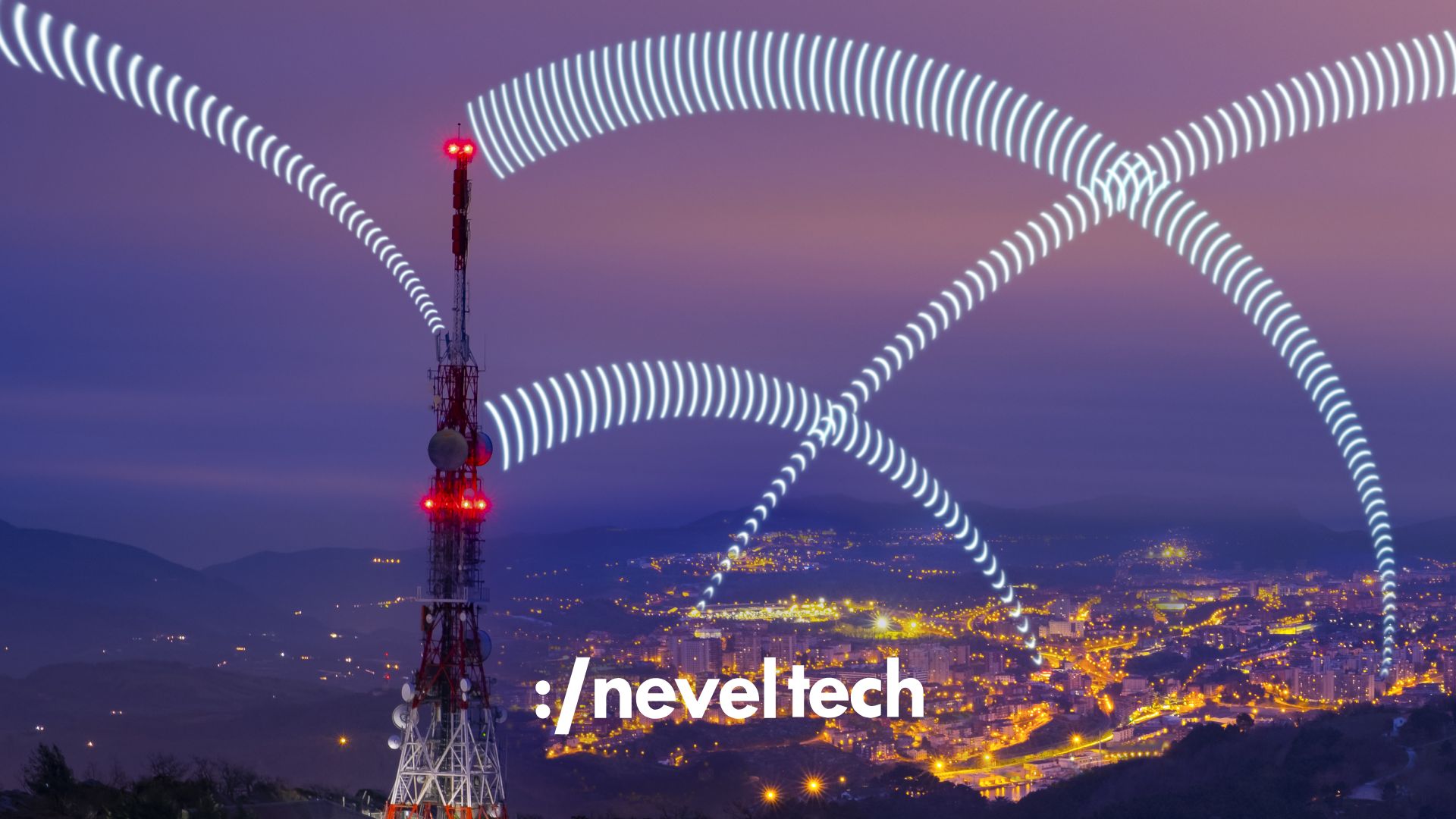Introduction
Nowadays, firms are always looking for ways to optimize their operations and raise productivity within the technological environment, which keeps changing all the time. Some of the major solutions include managed IT services that have emerged as crucial to companies since they provide technical skills and resources needed to achieve a competitive advantage in the fast-moving digital era. This article will explore how developing technologies such as AI-based automation, predictive analytics, and cloud and internet of things (IoT) tools are revolutionizing managed IT services.
AI-Driven Automation: An epic changer in IT management.
Managed IT services are the product of decades, and Artificial Intelligence (AI) went from a wild idea of science fiction to a significant factor that influences the world we live in. However, by digitizing the underlying workflows with machine learning algorithms that support AI-driven automation processes that are done for granted; the IT professional can focus on other more strategic activities. The availability of big data sets on large scale real time would support the implementation of predictive maintenance that would prevent an issue from happening.
This means in business terms increased efficiency in the operation and reduced downtimes. The abstract formulation of the impact of the introduction of AI algorithms that are able to detect signs for an upcoming hardware failure or cyber security attack is also represented here. As such, if aided by AI capabilities to mention but a few, Managed IT Service Providers can expect these issues to occur before they do and, in that way, ensuring that business interruptions are minimized while vital assets are protected.
Predictive Analytics: Unleashing the Power of Data.
The following section of this paper focuses on the potential of managed IT services, which seriously depends on the proper use of data. Analyzing the recent occurrences and combining them with past data, predictive analytics algorithms provide valuable insights into what could happen next and how to take advantage of it to the benefit of an organization. With this knowledge, for proactive managed IT service providers, the aim of their strategy is to revolve around the rapidly evolving needs of dynamic clients.
The business aspect of predictive analytics allows firms to make right decision, adjust resource allocation and plan ahead in case of potential events like determining the trends likely to cause spikes in network traffic or weighing out security vulnerabilities that are bound to be used by attackers. This is an example of how an organization can develop a broader robustness of its IT architecture
Remote Monitoring Tools: Bridging the Geographic Divide.
The rise of globalization has made remote capabilities to be a necessity, the managed IT services being part and parcel of the same. Remote monitoring tools have consequently been used as a critical tool in this area of vantage point that the IT professionals could be able to perform the monitor and run systems, networks and applications from any part of the world. Not only does this decrease the order of physical presence but also increases the responsiveness and agility of IT support.
Remote monitoring tools are a business language in terms of prompt response, reduced downtime, and fast reaction. Remotely, troubleshooting by managed IT service providers update software and ensure that there is no downtime even though its environment can be a geographical distance away. This is particularly relevant in the modern world of today where remote work has becomes popular and businesses heavily rely on digital infrastructures.
Security in the Spotlight: Safeguarding the Digital Realm.
Following the development of technology, the increases in risks thereof as well. Cybersecurity has a high value in the managed IT services of tomorrow who are more rampant connected devices and cyber threats are increasing rapidly. Thus, there is need for sophisticated data protection solutions.
Security solutions that operate based upon the applications of AI along with predictive analytics can expose abnormalities and possible breaches in real-time. These sophisticated attacks, which are available to managed IT service providers who incorporate these advanced security mechanisms, can strengthen the defensive umbrella of their organizations. This may be necessary with a view to ensuring that business continuity is observed and confidence on the IT suppliers is heightened.
Conclusion
The managed IT services of tomorrow are unfolding against a backdrop that is simultaneously some technological advancements and business imperatives. All these are what is fueling the forces of AI-powered automation and predictive analytics as well as remote monitoring tools, which have changed how organizations manage their IT infrastructures. As the world continues to become digital, there is no other way businesses can continue to survive in this digital era than through technology adoption using it as a strategic pursuit. With adeptness through this dynamic setting, managed IT service providers will exceed the needs of their client’s and leave us with a prosperous and virtually healthy business environment.







